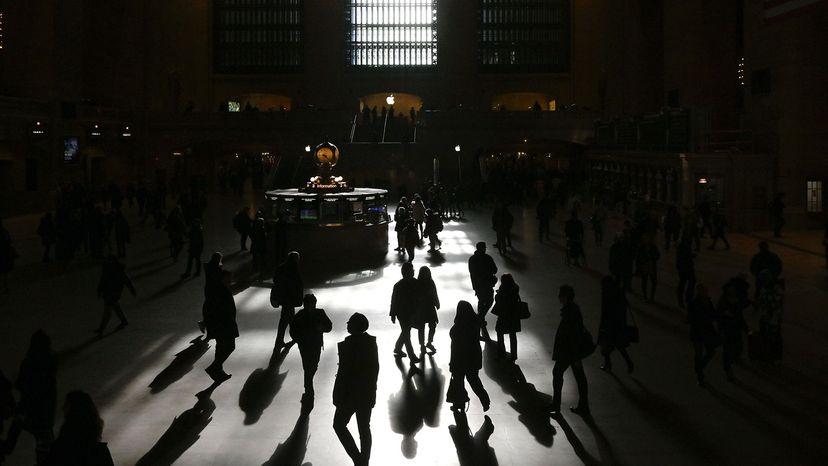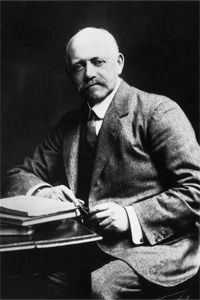DST delivers the most benefits when the days are long, as they are during summer. If you recall from your high school Earth science class, seasons are reversed in the Northern and Southern Hemispheres. When it's summer in North America, it's winter in South America and vice versa.
That means DST rules must also be reversed.
In the Northern Hemisphere, DST starts in the spring — typically between March and April — and concludes in the fall — between September and November. In the Southern Hemisphere, DST begins between September and November and ends between March and April.
These start and stop dates are completely arbitrary, but over the years, most countries have adopted similar guidelines. The United States follows rules established by the Energy Policy Act of 2005. According to that legislation, daylight saving time begins in the U.S. (a country in the Northern Hemisphere) at 2 a.m. on the second Sunday in March.
That's when many Americans move their clocks forward by one hour and, if they're diligent citizens, replace their smoke detector batteries. It ends about eight months later; at 2 a.m. on the first Sunday in November, clocks move back an hour and standard time reigns again.
Rules and Regulations
Although the U.S. Energy Policy Act thoughtfully provides rules to standardize the implementation of daylight saving time, it doesn't require all states to follow them. In fact, any state or territory can apply for an exemption and, if it's granted, sidestep DST and remain on standard time throughout the year.
Hawaii, American Samoa, Guam, Puerto Rico, the U.S. Virgin Islands and most of Arizona (with the exception of the Navajo Indian Reservation) all chose this option. Indiana, which used to observe DST in only 15 of its 90 counties, now "springs forward" and "falls back" across the whole state.
Don't think Americans are alone in their zeal to stretch out summer days. Since its introduction, at least 66 countries have practiced DST, but some later abandoned it for various reasons.
European nations have been taking advantage of what they call "summer time" for decades, but they didn't standardize it until 1996, when the European Union adopted a common DST schedule that runs from the last Sunday in March through the last Sunday in October.






